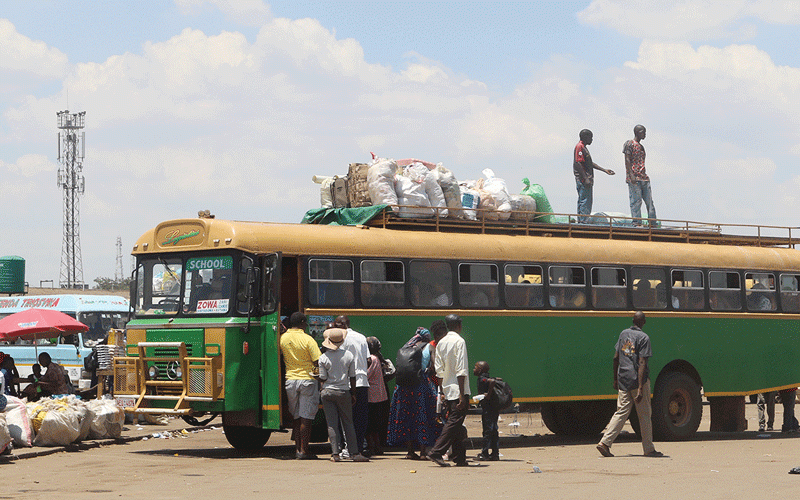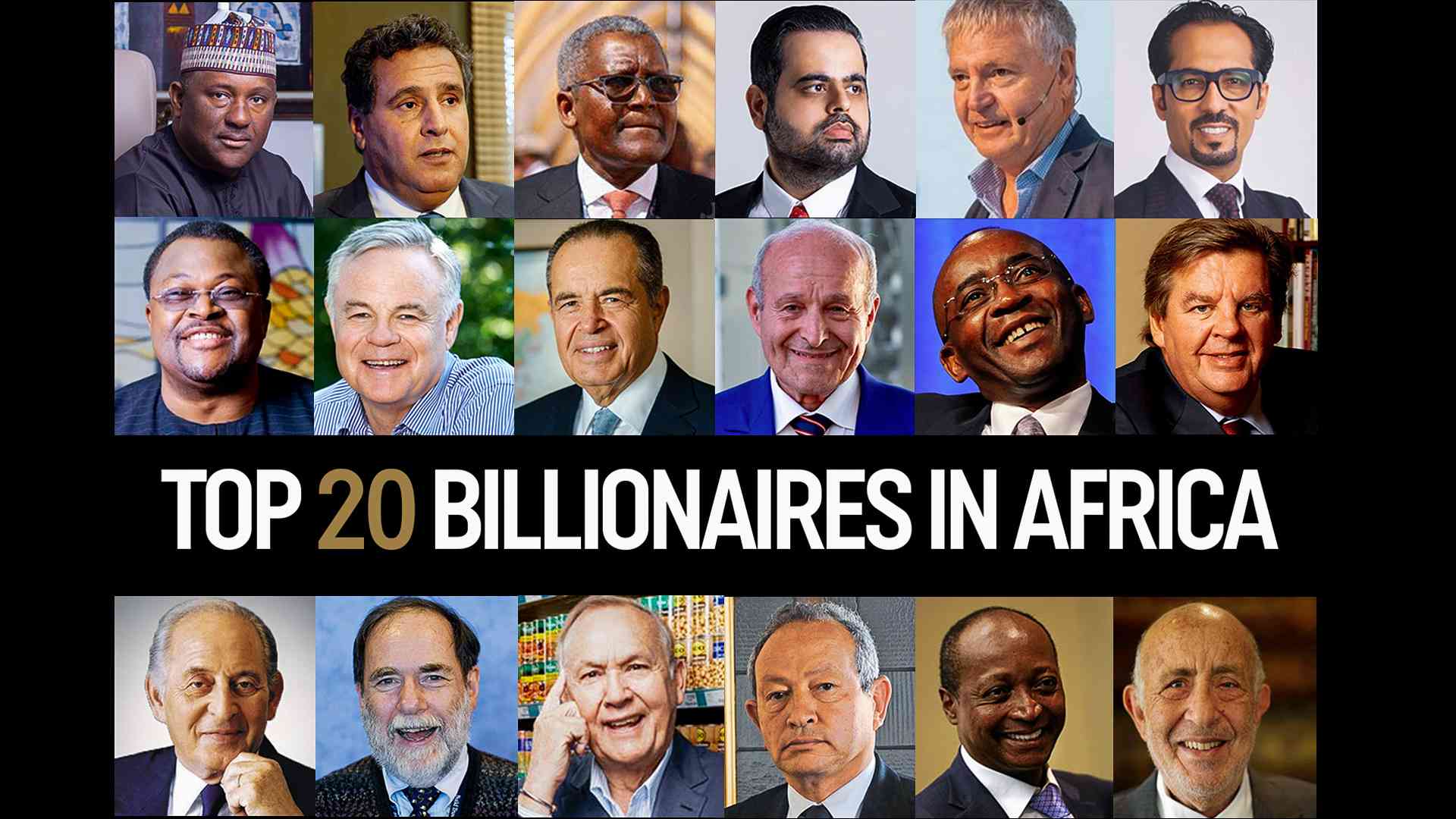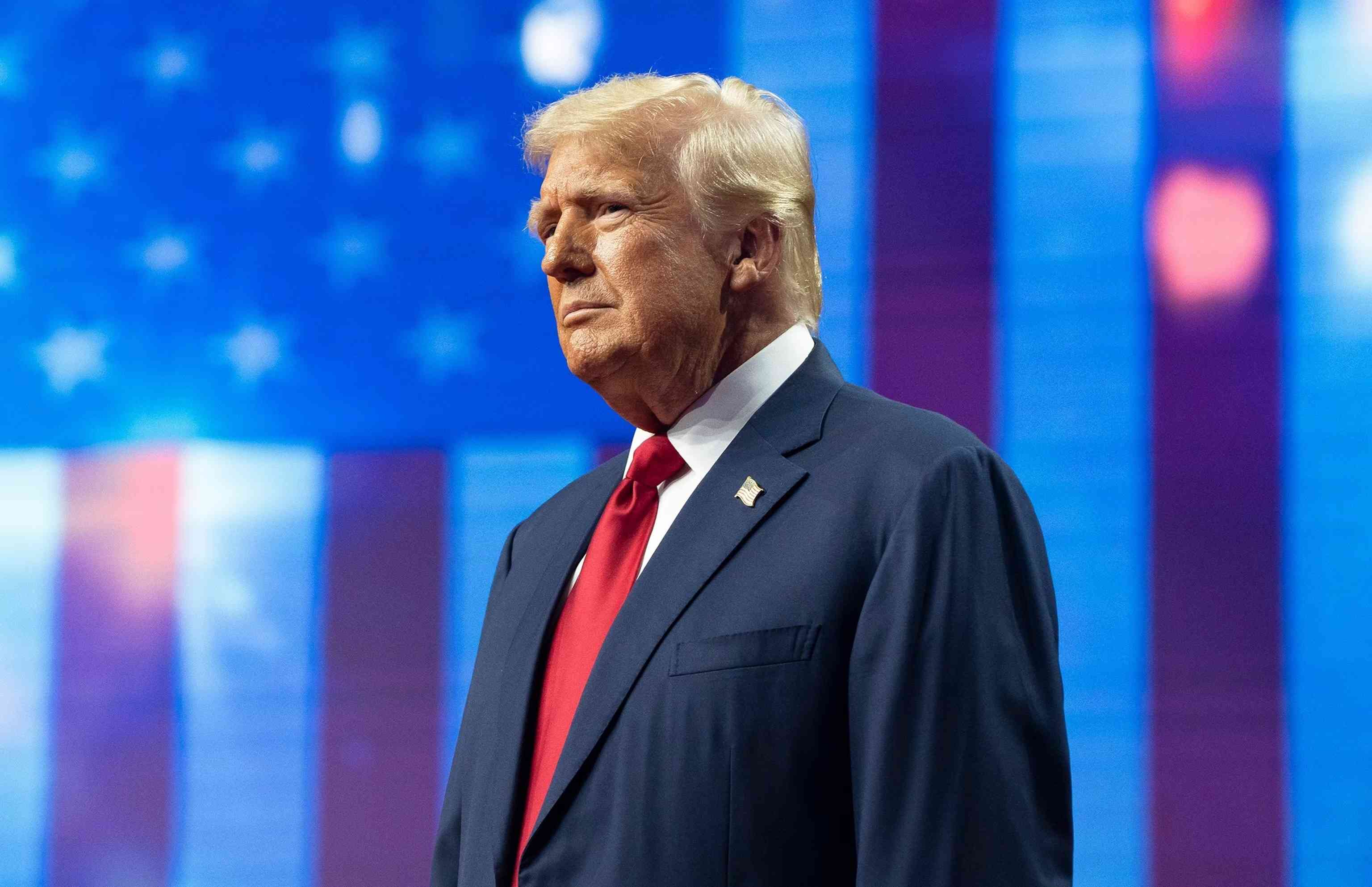
ONE of the readers of this column approached me last week asking that after reading recent instalments in this column, what then works for Africa? The question was mainly centred on what model to pursue for a continent that has lagged behind other continents.
By Tapiwa Gomo
While there is copious of literature trying to offer solutions to the African development question or to offer response to the same question, the truth of the matter is that it is not easy to come up with one model that is suitable for the whole of Africa. This is simply because Africa, as it is today, is a diverse continent geographically, politically, socially and economically and one policy-fits-all models that have been proposed by several think tanks, researchers and academics do not apply and have been, therefore, futile.
That, however, does not mean that Africa cannot develop. It simply means such an approach needs to take into account its diversities and varying contexts. Sadly, western literature has succeeded in lumping African countries together as if they are the same and, therefore, needing a similar solution to their development problems. While Europe is largely industrialised, it remains diverse as well and its development was not an outcome of a single model. This explains why each European country is stronger in one economic sector than others.
In my recent instalments, I have made effort to discuss and highlight ideas that have proven evidence of having worked and created economic growth and somewhat led to the creation of superpowers such as China and the United States of America. In those instalments, one point I attempted to bring out is that development is not a natural phenomenon, but a programme that is driven by the leadership of a society. In doing so, there are some key stages that can be pursued to bring a country on the rails of development.
The starting point of development is for a society or country to secure its political autonomy and sovereignty from external influences and empowers itself to make unfettered domestic decisions and foreign relations in pursuit of its national interests and goals. That autonomy should enable a society to make maximum use of its resources, including human and material in pursuit of its goals.
The second part, which should be simultaneous with the first, is to whip the nation to rally behind those goals. In political terms, this is often called national transformation or ideology and requires a shrewd leadership that is not easily distracted by sideshows and minor agendas. This approach tends to be unpopular as it offends some moralists, but has a record of yielding solid economic results and regaining the respect of the same moralists while unleashing the wider population out of poverty. In South Africa, the British colonialists rearranged the African peasant agriculture and converted the rural population into labour for their agriculture projects. The ultimate goal was to establish a unified society and getting rid of the various social fragments. The Middle Eastern, European, Asian, South and North American examples I have highlighted in the last instalments are testimony to this approach.
Thirdly, the social transformation agenda must be linked to a home-grown economic growth and development model to spawn the wealth creation and accumulation agenda. At this stage, the starting point is to identify different groups of individuals or local conglomerates who are deployed in different sectors to explore and exploit various economic growth opportunities in pursuit of set national goals. The role of government is to ensure adequate resources and create an enabling environment to nurture the growth of these various sectors. Any form of foreign interaction related to this agenda has to be focused towards the goal of nurturing local industry and not the other way round.
- Chamisa under fire over US$120K donation
- Mavhunga puts DeMbare into Chibuku quarterfinals
- Pension funds bet on Cabora Bassa oilfields
- Councils defy govt fire tender directive
Keep Reading
For example, in South Africa and Zimbabwe, the British colonialist created a mining industry that was linked to London for the sole purpose of finance and markets. The South African mining industry not only relied on European and American financial resources that were largely channelled through London, it also depended on the plants and machinery imported from the West.
The processing of the minerals as well as eventual refining, often called beneficiation, was done locally largely with imported equipment unlike sending raw material to be processed elsewhere. That interaction was measured and once the industry matured and became sustainable, they cut ties, only limiting interaction to trading of finished products. This is the same way the Middle Eastern, European, Asian, South and North American countries acquired industrial knowledge from western countries to spruce up their economies to become vibrant economies.
The fourth and final stage is to identify countries to trade with and leverage regional bodies and establish associations of emerging economies solely based on the need to sustain and protect an emerging locally-driven economy and also to identify markets favourable to the economic growth goals of the country. This helps to minimise competition for resources and markets. The US was born out of this desire. The British colonial administration established the southern African region initially for labour supply for mining and farming industries in Harare and Johannesburg and later the same countries in the region became markets for some of their finished products.
One of the main reasons most African countries have failed to take off is simply because they do not have control over their affairs. They do not own or control their resources and neither do they have control over the industries operating in their country. This is not because they cannot do anything about it, but they are afraid to make the bold decision to secure autonomy as they fear sanctions.
Tapiwa Gomo is a development consultant based in Pretoria, South Africa











